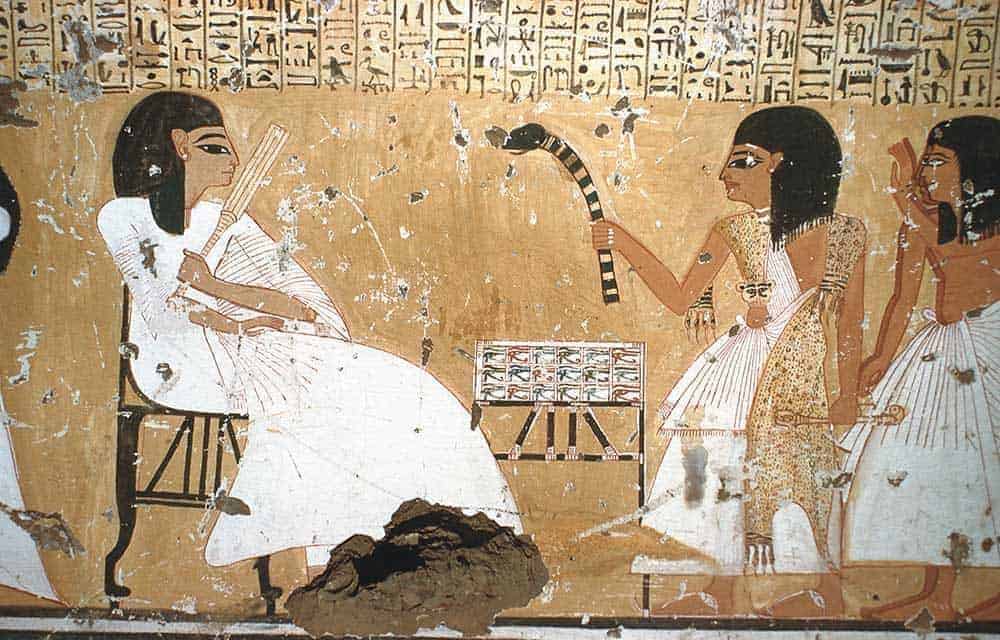Even though witches are today mostly associated with Halloween and the Salem witch trials, witches have been around for centuries. The ancient Egyptians were known to practice various forms of witchcraft with mathematical precision. Instead of fearing witches, the ancient Egyptians viewed them with reverence and as a necessity. A witch in ancient Egypt could be called upon to solve any number of problems facing an ordinary citizen.
In Pharaonic Egypt, the people who controlled the magic were the priests. They were the guardians of the knowledge bestowed upon humans by the Gods so that they could ward off the negative hands of fate. There were different levels of priests but it was the lector priests, who were able to read the ancient magic texts, that possessed the greatest magic. Lector priests were in charge of protecting the ruler and guiding the dead on their path to rebirth. There were also healing priests that would ward off the plague and lower priests who could rid the city of reptiles and insects.

By the first millennium BC, magic was no longer only in the hands of the priests. It fell to the magicians and witches would then could control magic to help the people. Midwives and nurses were said to have magic about them to help the sick and women in childbirth. It was also written that wise women might be consulted if a ghost or deity was believed to be causing trouble for someone.
No matter the time, magic played a major role in Egyptian society. Those who touted themselves as magicians with the ability to wield magic, did so by connecting themselves with a certain god. It was this god that would grant them power and would be the focus of their magic.
The Egyptians were fond of spells and amulets, each of which had a very distinct purpose. The now very famous Book of the Dead had a wide range of different spells that were believed to change the fate of those who sought the help of the priest or the magician. The magician’s powers were somewhat limited in that the magicians believed that the only way to perform a spell against another person was if you knew their private name, the name only known by the individual and their own mother. Most Egyptians would have a public name that they were known by and a name that they kept secret so as to protect themselves from bad magic.
Magic was not limited to the individual level, the Egyptians believed that they could use their magic against their enemies as well.

